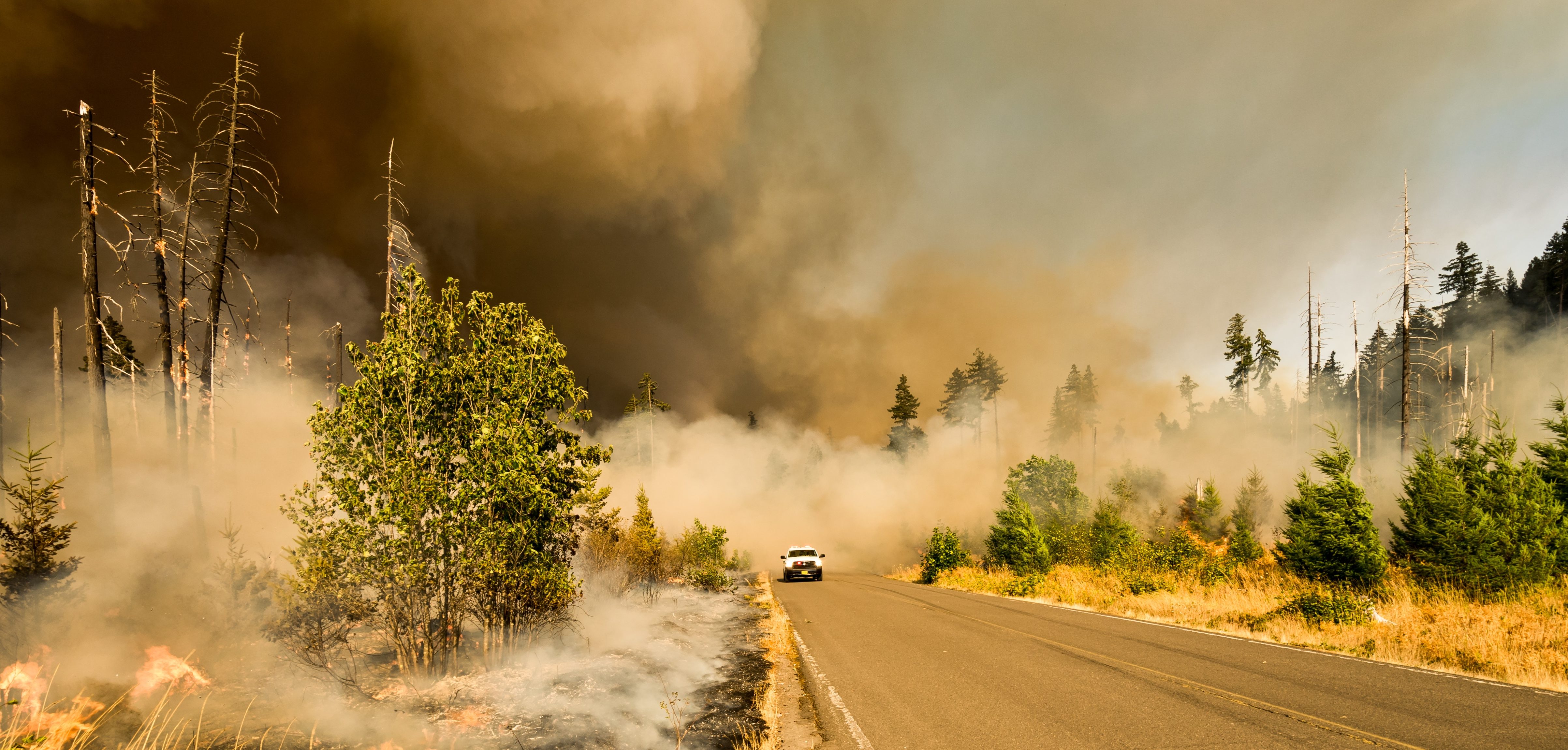There is nothing like fighting a fire while you are also worried about the homes of your family, friends, neighbors and colleagues.
There is nothing like walking up to a firefighter just heading back to the line to compliment them on their outstanding work only to have him break down in tears because his family lost their home earlier that morning.
As a wildland fire program manager and firefighter, I have travelled around the country for more than 20 years working on forest fires and how we manage for them.
In August of 2015, we had what was at that time a record setting fire season for Oregon and the Pacific Northwest. Of course, these records have been surpassed and more tragic stories added, as they have been building regularly since 2000.
I chose fire management as a career because as a conservationist, I recognized that it was the most critical land management tool we apply – and it affects every vegetative system we manage. This perspective seems at odds with the heartbreaks we have recently witnessed. For more than a century we have waged war against nature – as William James advocated after the 1910 fires – and we have been good at it.
Yet for many years we have known that this approach is overly simplified. Natural disturbances are important in ecosystems at varying degrees. A study at Zion National Park in the 1990s revealed that flooding was necessary for Cottonwood trees to regenerate, and the work engineers had done to shore up stream channels resulted in that tree’s decline. Hurricanes, tornadoes, avalanches, fires — depending on where you are in the country, the vegetation you see is a result of a number of synergistic ecosystem processes.
In the last two decades, the results of suppressing fire as a process have become clear. We need to find a way to coexist with fire as we coexist with the disturbances we do not stop. This includes better preparedness where we live and better stewardship of our wildlands.
Preparedness where we live, Hurricanes and the Florida Keys
The best example I have experienced of coexistence with disturbance has been in the Florida Keys. As we saw this summer, the major forces in the Caribbean are hurricanes. Some, like Maria, are so powerful that little we can do to prepare would help. But for the majority of storms, measures like they have adopted in Florida have made a difference. Construction codes are the strictest in the region, with houses on stilts to avoid storm surge and built to withstand winds of 150 mph. Because the only way to/from the Keys other than by boat is a one- state highway, they have also developed an evacuation protocol that begins several days before projected landfall. Their fire stations are planned to support several shifts of responders in a few locations to be able to provide assistance after a storm.
Beyond building codes and this kind of preplanning, however, is a consistent awareness throughout the region about living with and preparing for hurricanes. Hurricane season begins June 1 and ends November 30. When we lived there, there was always a slight complacency until the first set of tropical systems headed west off of the coast of Africa. Our neighbors helped us learn how to read those weather systems and shared lessons from their experience in how to clean around our home to avoid damage from projectiles or storm surge. We kept totes packed with our key documents, pictures and hard drives to simplify evacuation should it be needed.
While most of the country that experiences wildfires is aware of burn bans and clean up they can do around their homes for protection, what I saw in 2015 was friends who struggled in preparing to evacuate. While wildfires themselves do not give the longer term notice that many hurricanes do, we do know what constitutes wildfire season where we live. As practitioners and neighbors, we need to find ourselves more attuned to our local rhythm and extend that to preparation.
Better Stewardship of our Wildlands
Fuels treatments to reduce wildfire risk to our wildlands and our communities has been in the news frequently. We spend millions of dollars on these efforts. Yet we spend exponentially more suppressing wildfires when they occur, and damages from those fires are hard to put a dollar figure to.
These conversations will continue and progress will be made — it must be made. The element we must keep at the forefront of this dialogue comes back to balance. Our wildland fire community must be stewards of the environment they work in. Fire is the great integrator and – unlike many other types of ecological disturbance – it affects nearly every aspect of resource management.
Our fire program managers have a responsibility to our public not only to manage fires better for our homes and watersheds, but also as stewards of our vast public lands system. We must foster this ethos in all of our fire personnel. We must be realistic in our workloads and allow our resource managers to invest time assisting with managing fires so that we can make the best possible choices under the most difficult of circumstances. We must be realistic in our competing management priorities. And we must engage our communities because in the end, we have more in our common values than we have differences. That is where the dialogues can begin.
When the fires start, our options are not many. It is before the fires start that we must rally.
Dana Skelly is part of the GovLoop Featured Blogger program, where we feature blog posts by government voices from all across the country (and world!). To see more Featured Blogger posts, click here.





Leave a Reply
You must be logged in to post a comment.